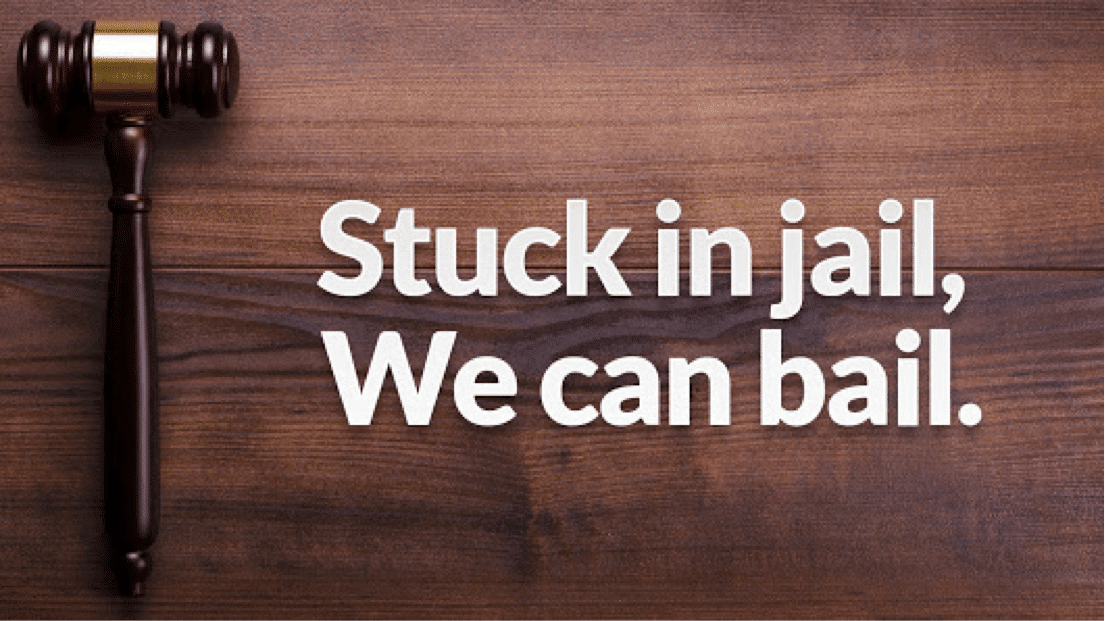Understanding the Conveniences of Bail Bonds Mansfield Ohio for Your Situation
Understanding the Conveniences of Bail Bonds Mansfield Ohio for Your Situation
Blog Article
The Duty of Bail Bonds in Making Certain a Fair and Effective Judicial Process
The function of bail bonds in the judicial procedure is complex, touching on concerns of fairness, performance, and financial difference. While they offer an important device for accuseds to protect pretrial release, bail bonds likewise elevate crucial questions regarding equality and justice.
Comprehending the Bail System
Navigating the ins and outs of the bail system is important for understanding how individuals charged of criminal offenses are momentarily released from custodianship while awaiting trial. At its core, the bail system is designed to guarantee that a charged individual returns for court looks while permitting them to maintain their everyday life during the meantime. The procedure starts when an offender is billed and brought in the past a judge, that identifies the bail amount based on factors such as the severity of the alleged violation, the accused's criminal history, and prospective flight risk.
Bail can take various types, including money bonds, home bonds, and guaranty bonds. A money bond needs the complete bail total up to be paid upfront, which is refunded upon case resolution. Home bonds include promising tangible assets as collateral. Guaranty bonds, usually facilitated by bail bond representatives, permit offenders to pay a percent of the bail amount, with the agent providing a financial warranty to the court.

Legal Structure and Regulations
The lawful framework and laws regulating the bail system often play a pivotal function fit its application and justness. These lawful constructs are mostly aimed at stabilizing the interests of the accused, the sufferers, and society. Statutory stipulations, case regulation, and procedural guidelines collectively form the structure whereupon the bail system runs. Trick legislation such as the Bail Reform Act lays out standards that figure out qualification, conditions, and aspects thought about by courts when setting bail.
Judicial discernment is one more keystone of the bail procedure, equipping courts to assess the nuances of each case. This discretion is guided by a collection of legal aspects, including the seriousness of the offense, trip danger, and prospective risk to the community. Furthermore, guidelines usually offer for different types of bail, such as cash money bail, surety bonds, and release on recognizance, each with distinct requirements and implications.
Furthermore, reforms in current years have actually sought to deal with systemic injustices, such as racial predispositions and financial differences, influencing bail decisions (bail bonds near me mansfield ohio). These reforms aim to boost the fairness of the judicial procedure, ensuring that the legal framework adapts to contemporary societal requirements while preserving public security and due procedure
Influence On Accuseds' Legal Rights
While the bail system is developed to make sure both the accused's look at test and the safety of the community, it dramatically impacts offenders' civil liberties, especially when defalcated or affected by inequitable aspects. At its core, the demand for bail can undermine the assumption of innocence, an essential principle of justice. Accuseds who can not afford bail might deal with extended pretrial detention, which can cause loss of real estate, work, and family interruption, therefore impacting their ability to place an effective protection.
Furthermore, the bail system can worsen existing inequalities. Those with restricted funds might be coerced into begging guilty to lower costs to quicken launch, regardless of their actual guilt or virtue. This dynamic elevates worries about the justness and honesty of the judicial process, as it might urge people to make lawful decisions based upon financial restrictions instead of the values of their instance.
Additionally, the psychological impact of pretrial detention can hinder an accused's psychological health and wellness and decision-making capability, better infringing on their rights. The system's reliance on monetary bail usually falls short to consider alternate actions, such as electronic monitoring or neighborhood guidance, which can stabilize public security with maintaining defendants' rights.
Economic and Social Factors To Consider

From a more comprehensive social perspective, the bail system adds to bigger societal inequalities. Neighborhoods with high prices of pretrial detention experience raised instability, as individuals who can or else add favorably to their areas find themselves knotted in the justice system. This sensation can sustain cycles of destitution and criminal activity, weakening public safety and security and community cohesion.
In addition, the economic implications prolong past individual accuseds, as taxpayers bear the prices of preserving overcrowded apprehension facilities. This questions about the allotment of public sources and the performance of such expenses in accomplishing justice - bail bonds mansfield ohio. Dealing with these economic and social considerations is important for a more equitable judicial procedure that prioritizes both fairness and performance in its operations
Difficulties and Reform Efforts
Navigating the obstacles of the bail system exposes an intricate web of lawful, social, and economic More hints problems that require extensive reform efforts. index The existing system usually overmuch influences low-income defendants that are not able to afford bail, leading to long term pretrial apprehension.
These tools aim to replace cash bail with non-monetary problems of release. In addition, some states are carrying out legislative adjustments to restrict or get rid of cash bail for non-violent offenses.
However, these reforms are met objection and difficulties, specifically concerning the accuracy and justness of risk analyses and potential biases. Successful reform needs partnership amongst policymakers, legal experts, and neighborhood stakeholders to make sure that the changes advertise justice without jeopardizing public safety and security.
Conclusion

Surety bonds, typically facilitated by bail bond agents, permit offenders to pay a portion of the bail amount, with the representative offering a financial guarantee to the court.
Trick regulations such as the Bail Reform Act sets out standards that discover this determine qualification, problems, and elements considered by courts when establishing bail.
Additionally, guidelines often provide for different types of bail, such as money bail, surety bonds, and release on recognizance, each with unique demands and effects.
While the bail system is developed to make sure both the charged's look at trial and the security of the area, it substantially impacts offenders' civil liberties, especially when misapplied or influenced by inequitable factors.The bail bond system plays a critical role in balancing the judicial process by giving economic mechanisms that facilitate defendants' launch while waiting for test.
Report this page